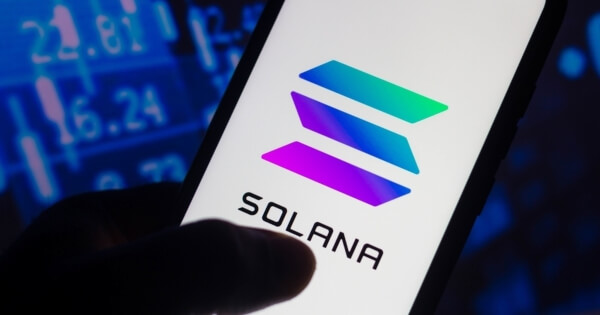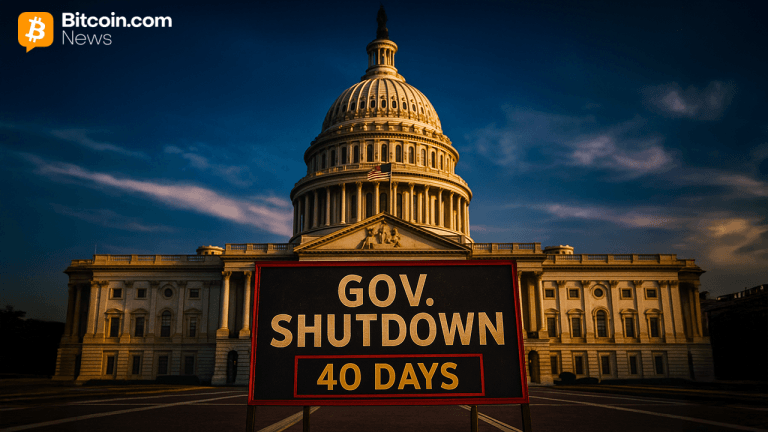Bitcoin’s Taproot address supply has fallen by roughly 3% since January 2024, according to on-chain analyst Willy Woo.
The decline is sparking debate across the crypto community, with experts split on whether long-term holders (LTHs) are quietly selling or simply repositioning their funds amid rising concerns about quantum computing threats.
Bitcoin Housecleaning or Whale Sell-Off?
Data shared by Woo on X shows Taproot addresses, Bitcoin’s latest transaction format, trending downward since early 2024. The analyst explained that this shift might not signal panic selling but rather “housecleaning” by early holders, who are moving BTC ($105,515.00) to more secure or custodial setups.
“What constitutes an ‘OG dump’ is simply BTC moving out of an address untouched for seven years,” Woo wrote, adding that on-chain data can misinterpret such activity as selling when it often reflects reorganization or collateral posting.
Fellow analysts, including Charles Edwards of Capriole Investments, countered that large-scale movements by early Bitcoin holders usually correlate with sell pressure. “We know this empirically,” he said, pointing to colorful on-chain charts showing hundreds of millions in old BTC moving in 2025.
Others, however, supported Woo’s view. On-chain researcher Shanaka Anslem Perera noted that around 470,000 BTC, worth about $50 billion, has left dormancy this year, but much of that movement involved custody rotations and treasury placements rather than market sales. “The story is not capitulation,” he wrote, “rather it’s custody evolution, collateralization, and an institutional catcher’s mitt.”
Quantum Fears Drive Custody Shifts
The timing of these Taproot withdrawals has coincided with growing unease over Bitcoin’s long-term resilience against quantum computing attacks. In July 2025, developers proposed “P2QRH,” a quantum-resistant address type aimed at protecting up to 4 million vulnerable BTC, roughly 25% of the supply, from future key exposure risks.
The urgency grew after Project Eleven launched its Q-Day Prize challenge in April, offering 1 BTC to anyone who could crack Bitcoin’s cryptography using Shor’s algorithm before April 2026. The experiment, designed to test whether real quantum hardware can threaten Bitcoin’s elliptic curve encryption, reignited debate about how soon the network might face real cryptographic stress.
Hardware makers are also responding, with Trezor announcing the Safe 7 wallet, its first “quantum-ready” self-custody device, in October.
The post Bitcoin’s Taproot Supply Falls 3% Since 2024 as Quantum Risk Fears Rise appeared first on CryptoPotato.
.png)


























 24h Most Popular
24h Most Popular








 Utilities
Utilities